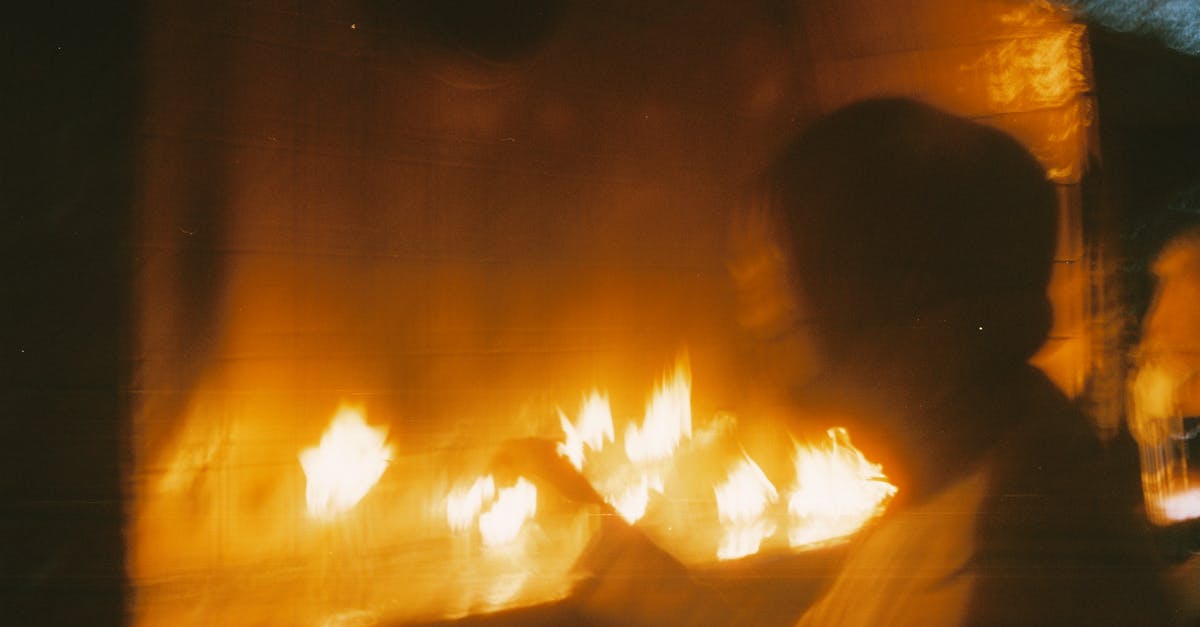How could the Vengeance fire phasers at warp?

In Star Trek into Darkness you see several shots of the phasers being fired while at warp. It's my understanding that phasers are beams of light (I don't believe they could in classic trek - they only used torpedoes)
How could they fire light based weapons when they're travelling faster than light - wouldn't it be left behind?
Best Answer
Can you throw a ball so that it goes 200kmh/h? Probably not. But, if you're being driven in a car that goes as fast as that and then throw a ball (ignore the air resistance -- they don't have that in space), The ball will have a speed of 200km/h plus whatever you give it.
In essence, anything given a speed x will travel relatively (meaning compared to the thrower) at that speed, but absolutely (meaning in comparison with the surrounding space) at speed v+x, where v is a speed of a thrower.
This explanation, of course, works fine with low speeds (200km/h is slow in physics). If you want to know what would happen at warp speeds... well, you'll have to wait for physicists to find that out.
In Star Trek universe, the explanation of how is faster-than-light travel even possible is as follows:
[...] warp drive technology creates an artificial "bubble" of normal space-time that surrounds the spacecraft [...] Consequently, spacecraft at warp velocity can continue to interact with objects in "normal space".
Source: Wikipedia
What is not obvious here is what happens with an object that flies out of that "bubble". The same article also mentions a theoretical solution for such flight, which might help us:
A theoretical solution for faster-than-light travel which models the warp drive concept, called the Alcubierre drive, was formulated by physicist Miguel Alcubierre in 1994. Subsequent calculations found that such a model would require negative mass, the existence of which has never been supported by any evidence, and prohibitive amounts of energy. However, it has recently been found that by changing the shape of the warp drive, much less negative mass and energy could be used, though the energy required is still many orders of magnitude greater than anything currently possible by human beings. NASA scientists have begun preliminary research on such technology.
So, I assume that an object flying out of the "bubble" would have negative mass and huge amount of energy, but upon entering the other ship's "bubble", it'd probably again have positive mass and its normal amount of energy. In other words, since both ships are traveling under the approximately same conditions (and through a vacuum), faster-than-light speed would not affect them much.
Also, what is the size of the "bubbles"? Maybe they are big enough for the two "bubbles" to have intersected, so the projectiles have never left both "bubbles"? Are these "bubbles" what we see as a tunnel? I don't know; I'm not that familiar with Star Trek, but if this is the case, then the whole thing is equivalent to ships not moving at all.
By the way, I have another problem with Enterprise "falling" out of a tunnel ("bubble"?) and getting to an abrupt stop. There is no friction in space and the physics of that stop looked very much like it was a car on a road. Also, you'd expect at least some broken bones with a halt that hard (I'd expect the "bubble", if it was not what we saw as a tunnel, to have popped when the ship was incapacitated, or there was no reason for the ship to stop).
Pictures about "How could the Vengeance fire phasers at warp?"



Can phasers fire at warp?
Actually ships have ALWAYS been able to fire phasers at warp speed. Check out the original series episode "The Corbomite Maneuver", which is only the second one ever shown, and you see them firing phasers at warp speed.Are Star Trek phasers possible?
It is important to note that while phasers aren't theoretically impossible, they may not become what we imagine them to be today. Phasers, if they are anything like lasers, are nothing more than propagated beams of light, which travels from point A to point B in one direction (a straight line).What does a phaser fire?
Most phasers were classified as particle weapons and fire nadion particle beams, (Star Trek: First Contact; TNG: "The Mind's Eye"; VOY: "Time and Again", "Demon") but some, like the Ferengi hand phaser, were classified as plasma weapons and fired forced plasma beams.How powerful is a phaser?
Phase cannon Phase cannons have a variable yield, with the cannons on the Enterprise being rated for a maximum output of 500 gigajoules, equivalent to about 120 tons TNT. Phase cannons are generally more powerful than spatial torpedoes. They are the 22nd century precursor to phaser technology.Star Trek (7/9) Movie CLIP - Fire Everything! (2009) HD
More answers regarding how could the Vengeance fire phasers at warp?
Answer 2
While I understand you're looking for a more "grounded in real science answer", looking over the information available on the ship via Memory Alpha (the Star Trek wiki) simply states that because the ship was essentially created by Khan it featured technological advancements that weren't readily available at the time, including the ability to fire phasers while at warp speed.
So basically, it can do it because Khan was able to make it happen with advanced technology Starfleet didn't have until they commissioned him to build the USS Vengeance.
Answer 3
Phasers are actually beams of nadion (a fictional type of artificially-created subatomic particle) particles, so they aren't necessarily bound by a light speed limitation. Faster-than-light particles (i.e. tachyons) are known to exist in Star Trek, so it's plausible that nadions or some specific type of nadion is capable of moving faster than light.
Answer 4
Actually ships have ALWAYS been able to fire phasers at warp speed.
Check out the original series episode "The Corbomite Maneuver", which is only the second one ever shown, and you see them firing phasers at warp speed. Same in "Elaan of Troyius", "The Ultimate Computer", and in the Deep Space Nine Episode "Treachery, Faith and the Great River", and Voyager episode "Message in a Bottle" - every one of them shows ships firing phasers at warp speed.
As for how, phasers are NOT beams of light like a laser beam - in fact Gene Roddenberry chose to call them "phasers" rather than "lasers" in the first place specifically because he didn't want people telling him "but lasers can't do that..." Phasers are particle beams made of Nadions, a fictional particle which can, apparently, go faster than light.
Answer 5
Let's use the Alcubierre warp drive as the basis for Star Trek's warp drive, where the warp field catastrophically collapses the space in front of the ship and catastrophically behind the ship at faster than light speeds, because unlike starships, space can travel faster than light.
With that when the Enterprise's warp drive was catastrophically expanding the space behind the ship, the Vengeance's warp drive was catastrophically collapsing the space in front of it and the space the Enterprise had catastrophically expanded, thereby the collapse and expansion cancels each other out.
This collapse forms a pocket of normal space between the 2 ships and is carried at warp with the 2 ships, and the Vengeance unleashes its deadly arsenal onto the Enterprise via this pocket of normal space.
Answer 6
Warp bubbles bend space around ships to push them forward to a destination (according to our own laws of physics, space is very expandable allowing us get past Einstein's theory of relativity), allowing them to go faster than light.
Basically the space around the ship is moving (bringing the ship with it), the ship itself isn't going faster than light.
So if Khan got close enough to the warp bubble it's plausible that he could have entered it and fired on the Enterprise. Therefore the particles aren't going faster than light, he simply entered the same warp bubble as enterprise.
This is what I think based on my understanding of the technology.
Sources: Stack Exchange - This article follows the attribution requirements of Stack Exchange and is licensed under CC BY-SA 3.0.
Images: Fahriye Ceylan, Lauren Hedges, muallim nur, Matthew Barra
